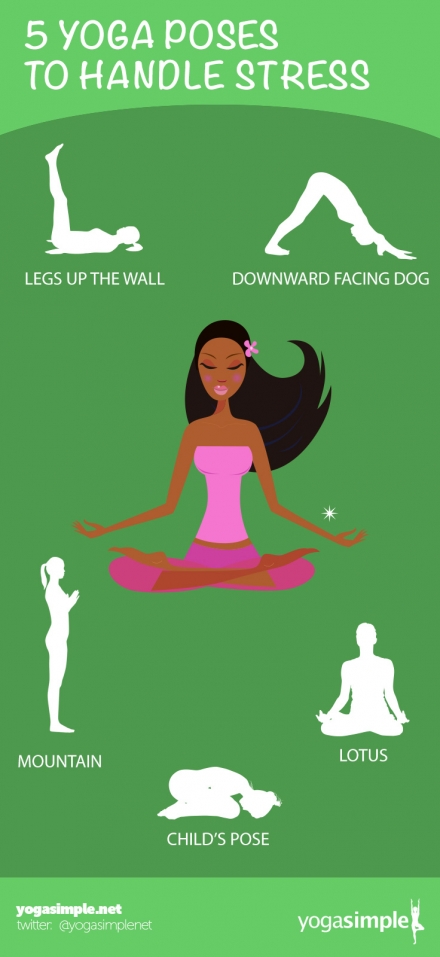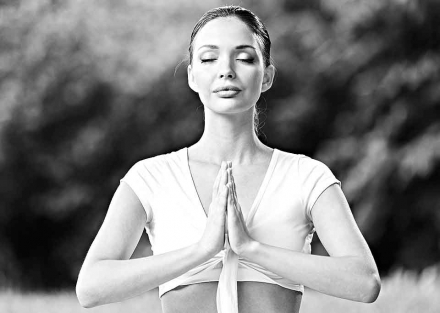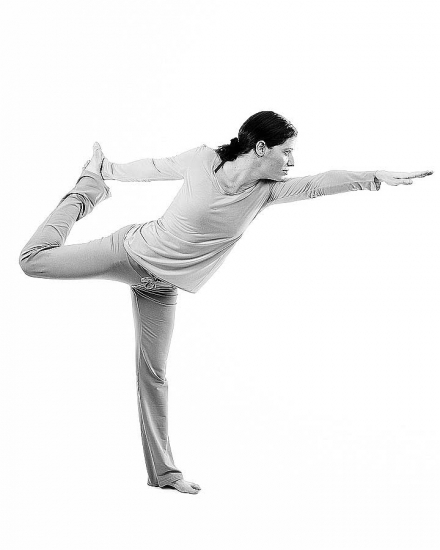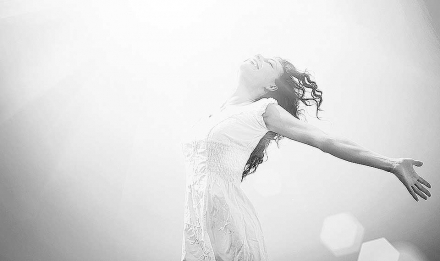Hello, yoga novices! Today, we’re diving into a topic that isn’t always the star of the show, but definitely deserves the spotlight – yoga safety. Whether you’re mastering the Downward Dog or just trying to touch your toes, being aware of safe practices in yoga can save you from unnecessary aches, pains, and yes, you guessed it, injuries. So, let’s bend, not break.
The Need for Safe Yoga
You might be thinking, “Yoga safety? But isn’t yoga supposed to be the chill cousin of exercise routines?” Well, while yoga does emphasize peacefulness and mindfulness, it still asks your body to do some pretty impressive acrobatics. When the line between “just a good stretch” and “oops, that’s not supposed to bend that way” blurs, you’ll be glad to have your trusty safety knowledge on standby.
The A-B-C of Avoiding Yoga Injuries
A: Alignment
Alignment is a big deal in yoga. Think of it as a blueprint for each pose. It tells you where each part of your body should be and guides you into a safe and effective posture. The mantra here? Listen to your body, not your ego. If your body says “let’s not turn into a pretzel today”, respect that.
B: Breathing
Breathing isn’t just for chilling out. It’s your body’s way of making sure everything’s running smoothly. Holding your breath during a pose? That’s like telling your muscles they’re about to lift a car. They tense up, and that’s a one-way ticket to Injuryville. So, remember: inhale peace, exhale tension.
C: Consistency
Ever heard the saying, “Consistency is key?” Well, it applies to yoga too. You don’t need to perform the most challenging poses every day, but a regular, balanced routine of simple postures will keep your body flexible and strong. And strength, dear yogis, is an excellent injury deterrent.
It’s Okay to Modify
You know what’s cool? Adaptability. And yoga, like a friendly chameleon, is all about adaptability. Don’t hesitate to use props like blocks or straps to bring the pose to you, rather than straining to reach the pose. There’s no shame in modification. It’s like taking a detour: the journey’s a bit different, but the destination is the same.
Modifying a yoga pose can be a game-changer, especially if you’re a beginner or dealing with certain physical limitations. It allows you to experience the benefits of a pose without putting unnecessary stress on your body. So, if you can’t touch your toes in a forward bend, grab those blocks and place them at a height that feels comfortable. Over time, with consistent practice, you might find your flexibility improving, and those blocks may become unnecessary.
The Golden Rule of Yoga Safety
Ready for the grand finale, the pièce de résistance, the golden rule of yoga safety? Here it is: know your limits and respect them. Yoga is not about pushing to the point of pain. It’s about finding balance, growing at your own pace, and, most importantly, staying safe while doing it.
Yoga is a personal journey, and each individual’s body is unique. What works for someone else may not work for you, and that’s perfectly fine. When you practice yoga, listen to your body’s signals. If a particular pose feels uncomfortable or painful, back off or modify it. There’s no need to prove anything to anyone. The real growth in yoga comes from honoring and nurturing your body’s capabilities.
Namaste Notes
In conclusion, friends, yoga safety is about mindfulness, self-respect, and consistency. It’s not as flashy as a perfect Scorpion pose, but it’s the solid foundation that lets you build a yoga practice that’s strong, balanced, and injury-free. So next time you unroll that mat, remember: bend, don’t break. Your body (and your future self mastering those yoga poses) will thank you.
Yoga is a beautiful practice that can transform your life physically, mentally, and spiritually. However, to fully enjoy the benefits, we must prioritize yoga safety and take care of ourselves along the way. Embrace modifications, listen to your body, and let go of the ego. By doing so, you’ll create a harmonious and sustainable yoga practice that can support you for a lifetime.
Remember, yoga is not a competition; it’s a union of body, mind, and soul. So, cherish your practice, be kind to yourself, and savor the journey of self-discovery that yoga offers. Namaste. 🙏
0












